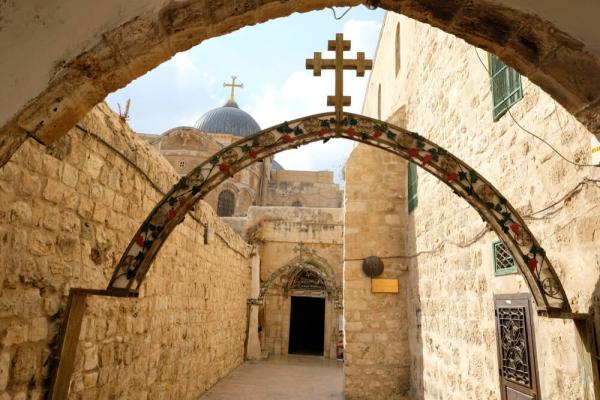Sep 21, 2018
I constantly ask myself if I’m betraying my family by responding to the rituals and traditions they so earnestly sought to escape. But then I think about their conversion stories and how they made these decisions to become closer to Jesus.
Read the Full Article

Already a subscriber? Login
